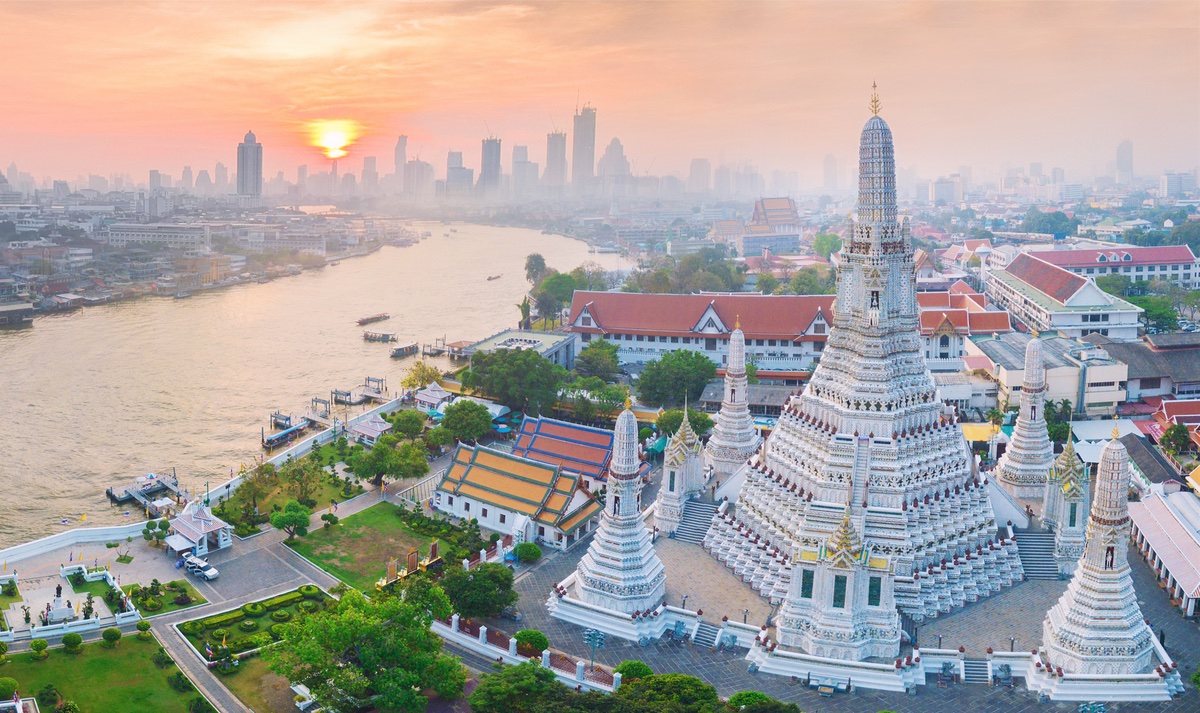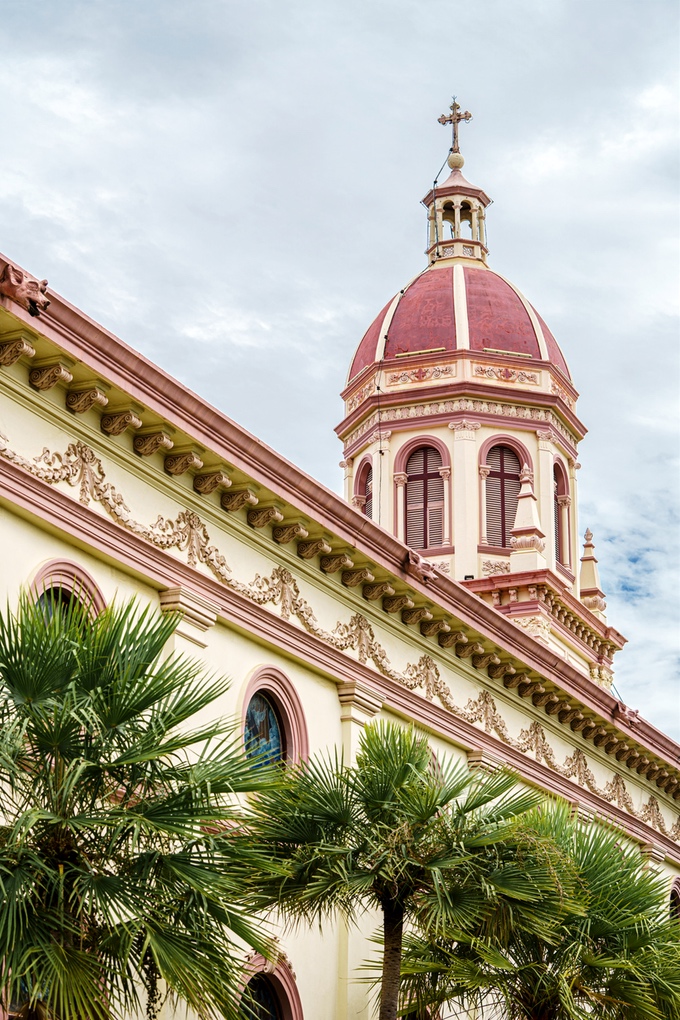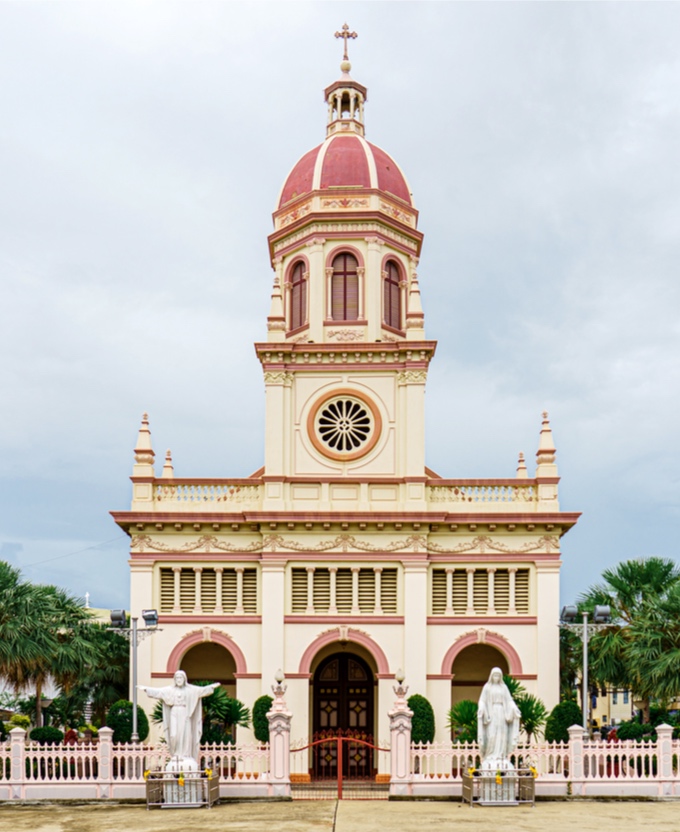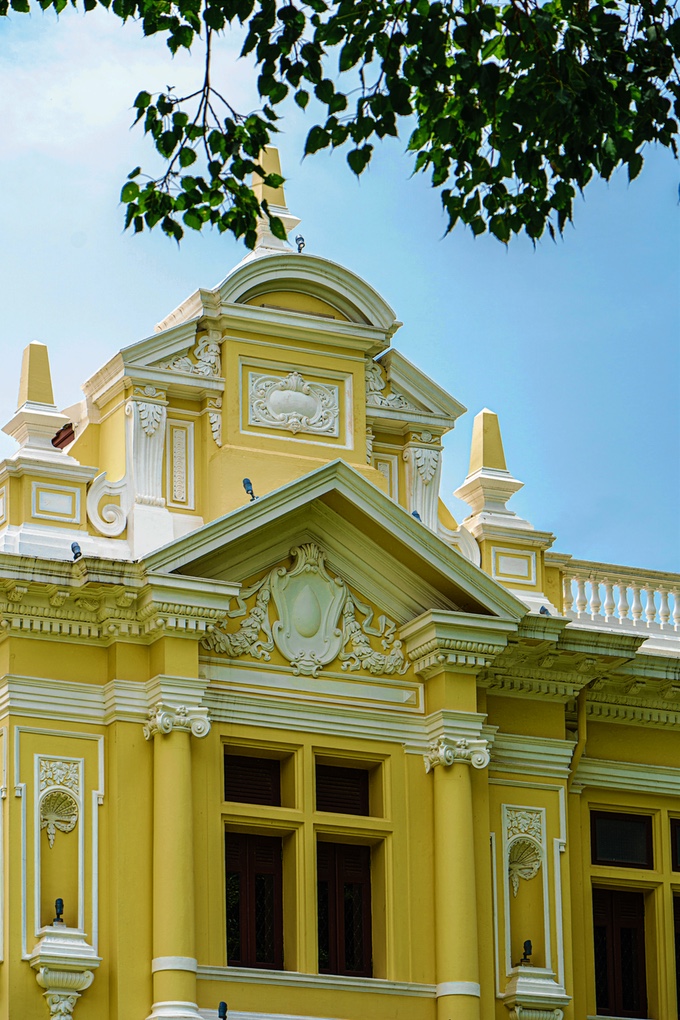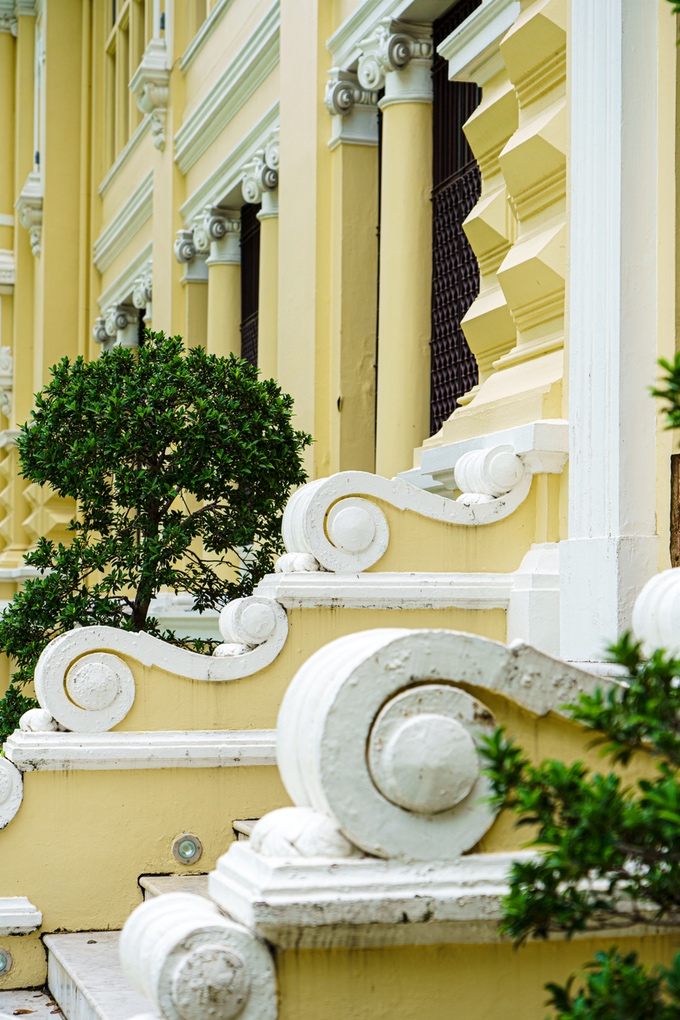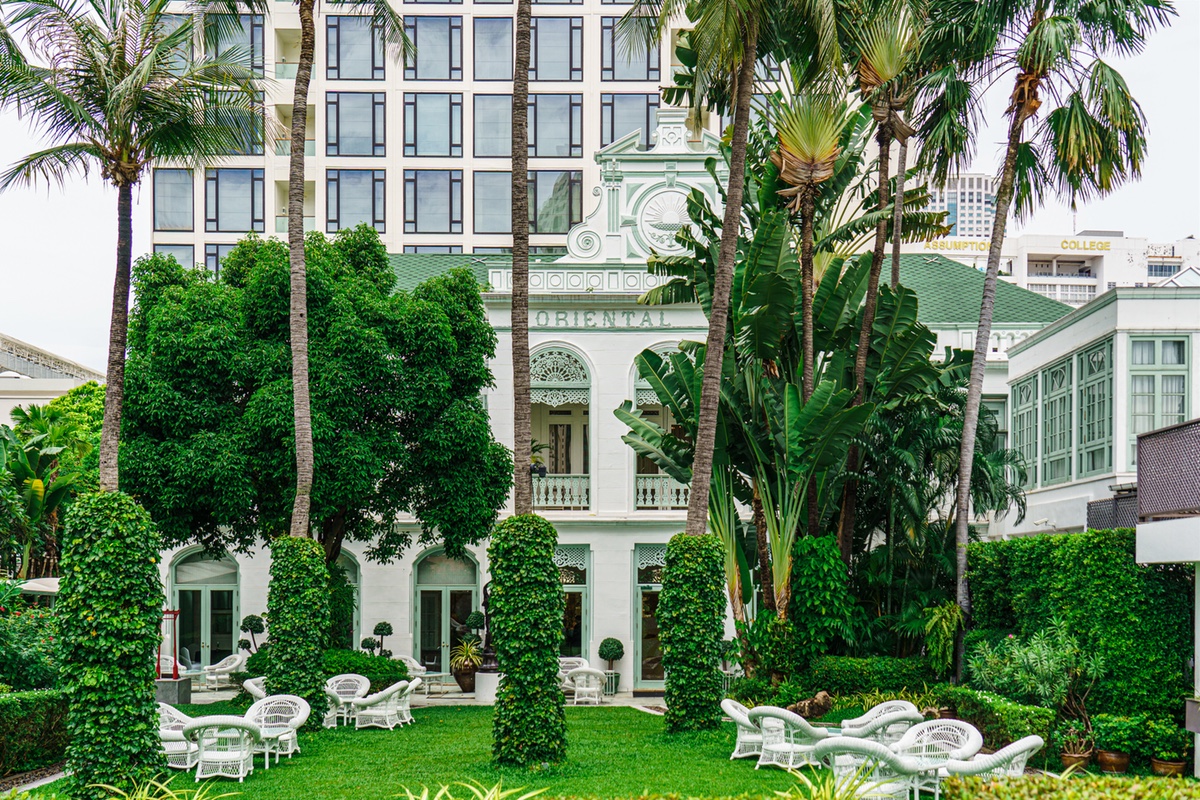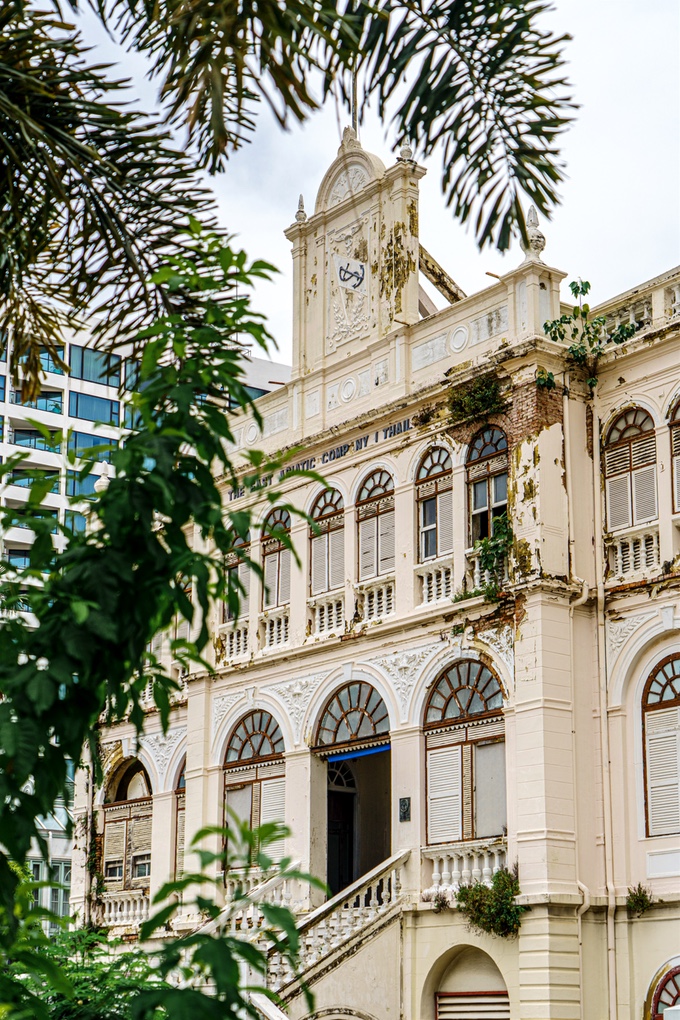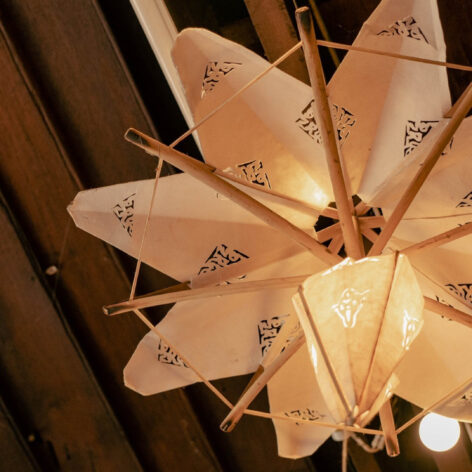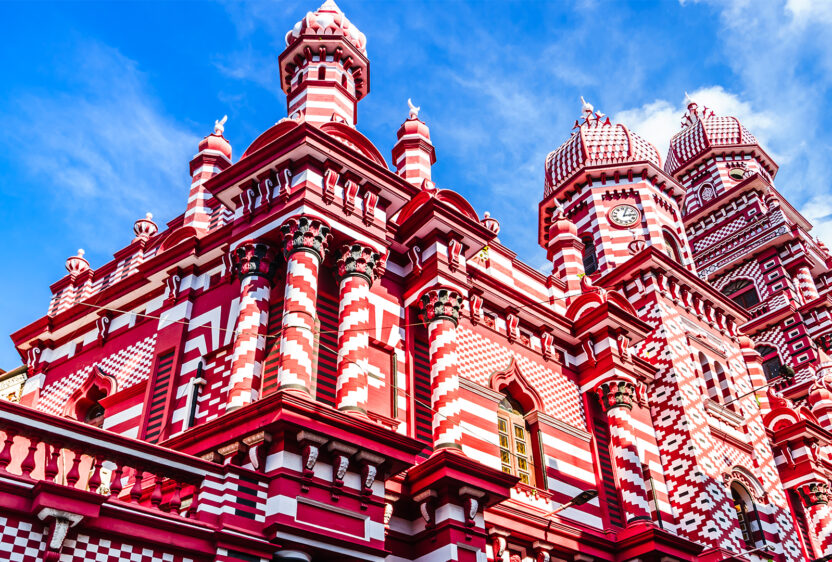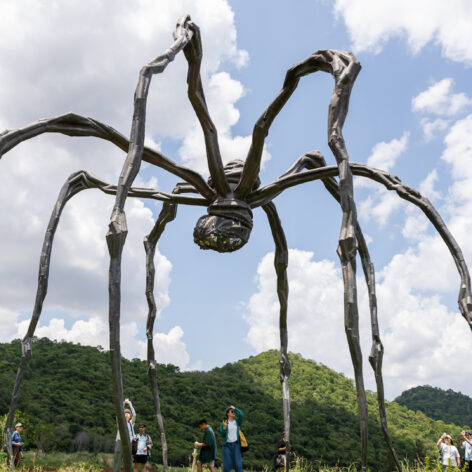King Chulalongkorn or Rama V, who ruled Thailand (then called Siam) at the cusp of the 20th century, was known as the modernising monarch; a man ahead of his time. Under his reign, Italian-influenced architecture was at its zenith in the kingdom, and resulted in Bangkok being dubbed as the “Venice of the East.”
At the time, the lives of Bangkok’s residents were mostly centred along the Chao Phraya River. Rama V and his successors employed and commissioned Italian architects to build grandiose public buildings and stately residences along the banks of the city’s main waterway — structures that still stand to this day.
If you take a boat along the river, you will see the Italian influence unfold in buildings that bear the mark of Renaissance and neoclassical styles. The stuccoed façades and dramatic columns carry the legacy of a visionary king. Here are some of the Italian-themed architectural treasures to look out for along the Chao Phraya.
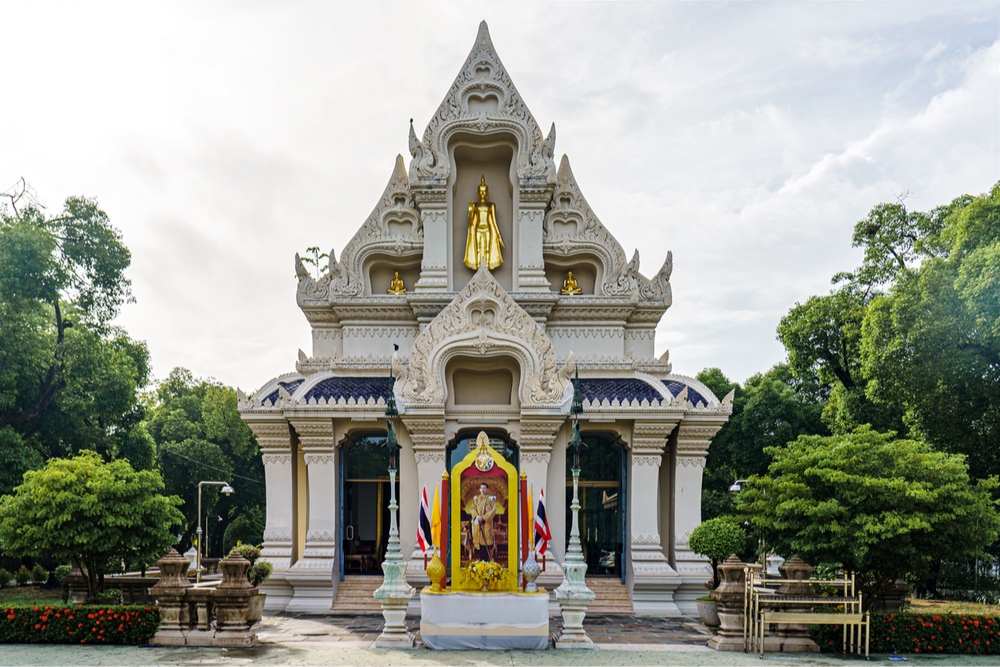
1.Wat Rajathiwas
This ancient temple is known as the birthplace of the Dhammayutika, an order of Theravada Buddhist monks led by King Rama IV, father of King Chulalongkorn. When the son came into reign, Wat Raja was in disrepair so Rama V ordered the building’s reconstruction, which included decorating the temple’s ordination hall with frescoes. The paintings were done by Italian artist Carlo Rigoli, who was also responsible for painting the ceiling in the dome of the Ananta Samakhom Throne Hall. Rigoli’s murals depict scenes from the life of Phra Vessandara, the Buddha’s 10th reincarnation.
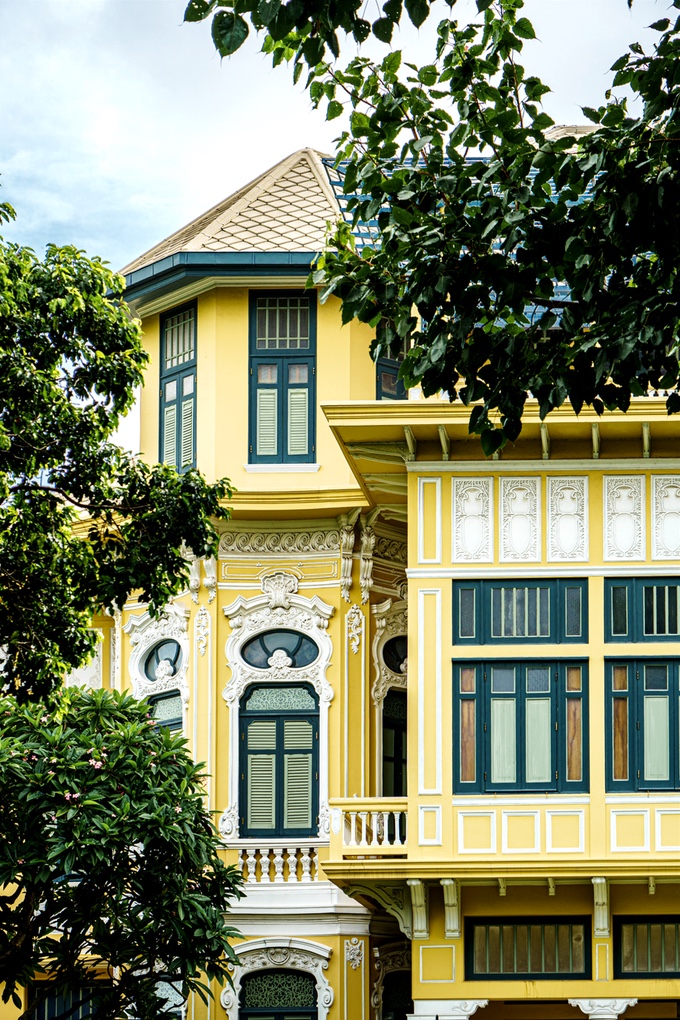
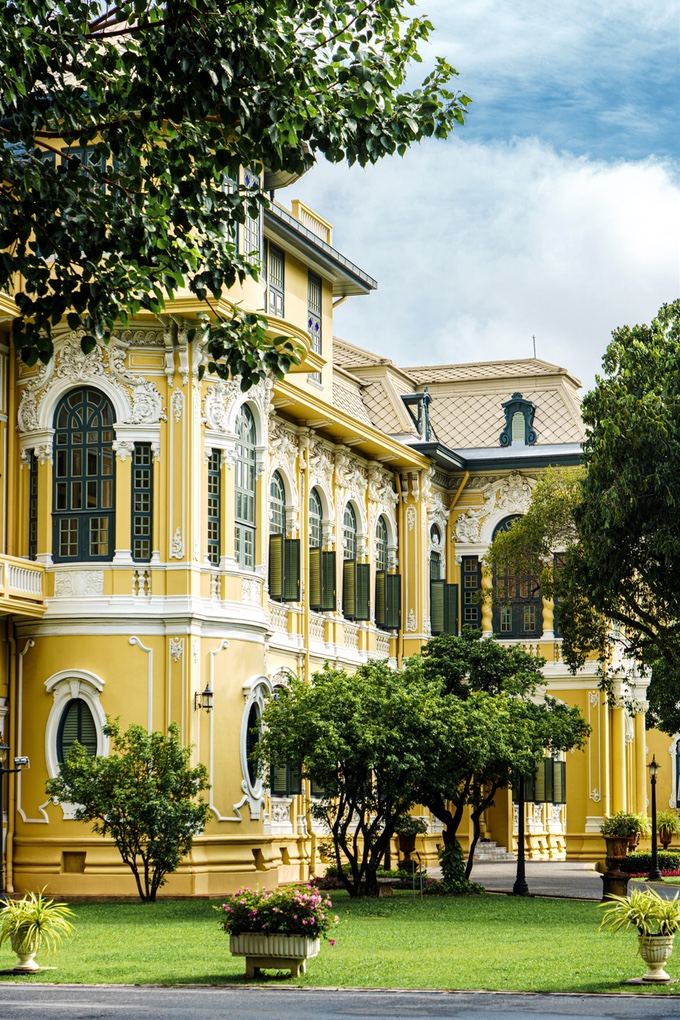
2. Bang Khun Phrom Palace
Built in 1906 for Prince Paribatra Sukhumbandhu, the 33rd child of King Rama V, Bang Khun Phrom Palace is stately and elegant. Its intricately carved stucco façade, arched windows and majestic staircase are considered to be some of the most beautiful representations of Neo-Baroque architecture in Thailand. The palace was Turin native Mario Tamagno’s first project in Thailand, an impressive feat that prompted further commissions from the royal family, including the Ananta Samakhom Throne Hall and the Hua Lamphong Railway Station.


